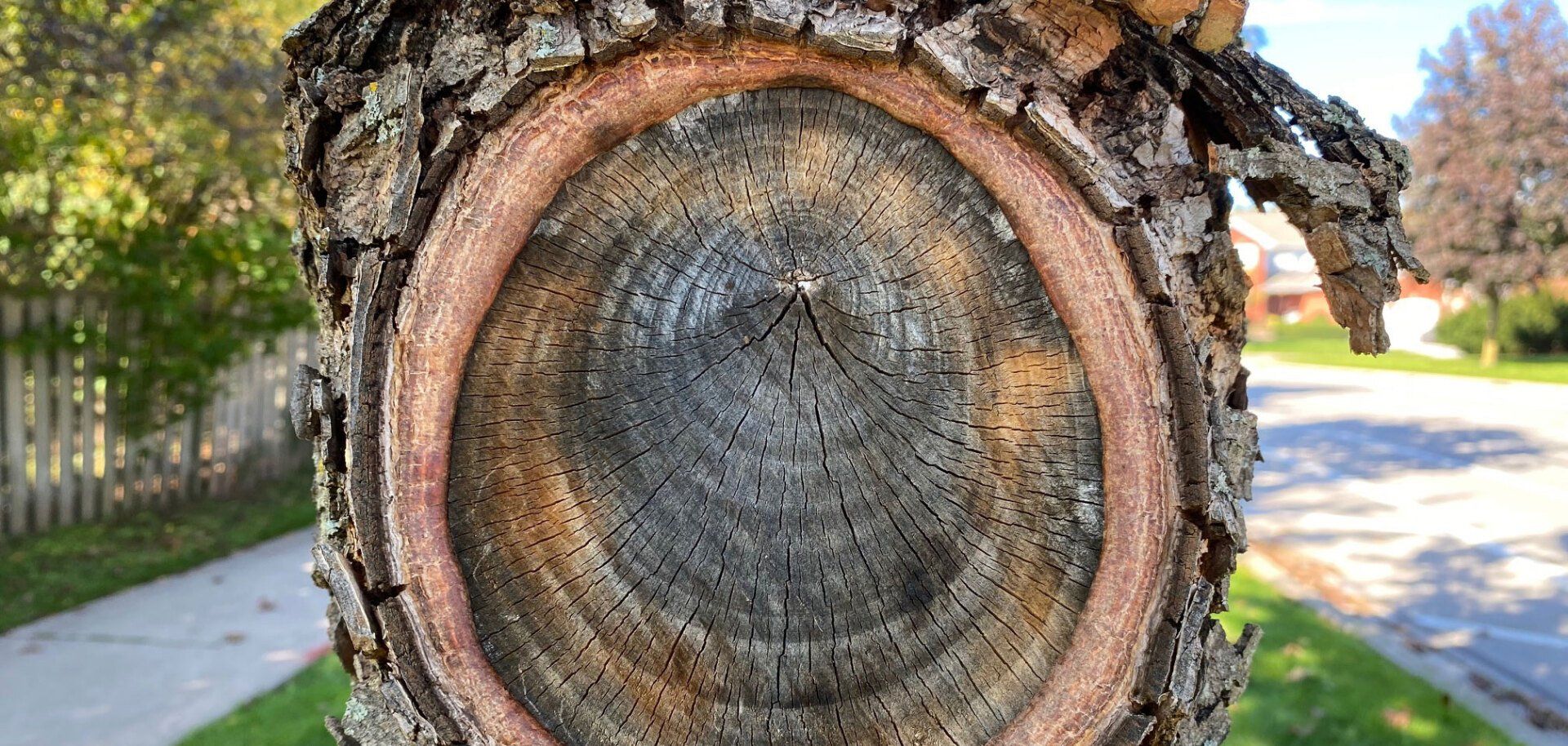When is the best time to prune?
Anelia’s Tree Corner
Interesting facts and tree care tips from certified arborist Anelia Tichkova
When is the best time to prune?
Leave pruning for late winter! The best time of the year to prune most trees is when trees are completely dormant. If pruning too early in the fall, we may encourage new growth right before the winter months and this will ultimately weaken the tree. Remember, pruning is wounding and trees do not heal, they seal! When trees are wounded, the newly exposed tissue is prone to insect infestation and diseases. However, trees have the ability to naturally attempt to close wounds by forming specialized “callus” tissue around the edges of the wound and adding chemical barrier zones to protect the entry of decay and pathogens. The rate and effectiveness of this response differs by tree species and health but both functions – the chemical and the physical are needed. Pruning in late winter/early spring can help the tree for an optimum wound closure since during that time trees are normally heading into a season of rapid growth and they can compartmentalize the wound quickly.

Opting for “dormant pruning” also avoids spreading some diseases that are active mostly during the warm growing seasons. For example, Dutch elm disease, oak wilt and fire blight all spread quickly during the growing season.
Another reason to do your pruning in late winter is that there are no leaves on the trees and it is easier to evaluate the tree structure. Any dead or diseased branches, however, can be removed at any time of the year! Pruning in late winter and early spring causes less stress for trees and allows them to use their energy resources for healthier growth.
Hiring a certified professional arborist for any bigger pruning jobs is highly recommended. Proper pruning is critical for tree closure response and tree health in general. Trees are invaluable assets and it is definitely worth investing when it comes to tree care!
